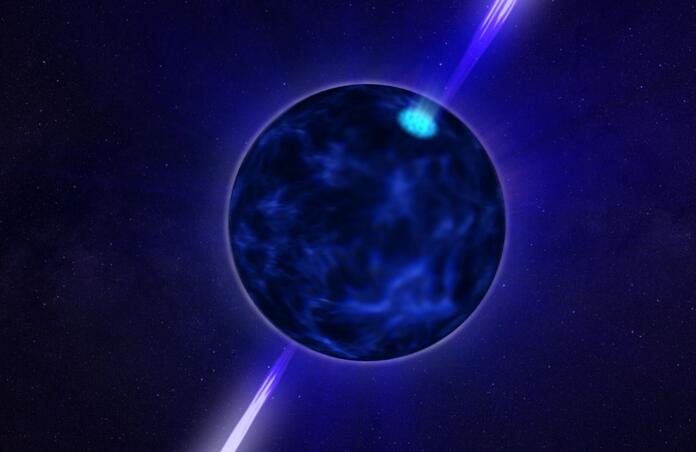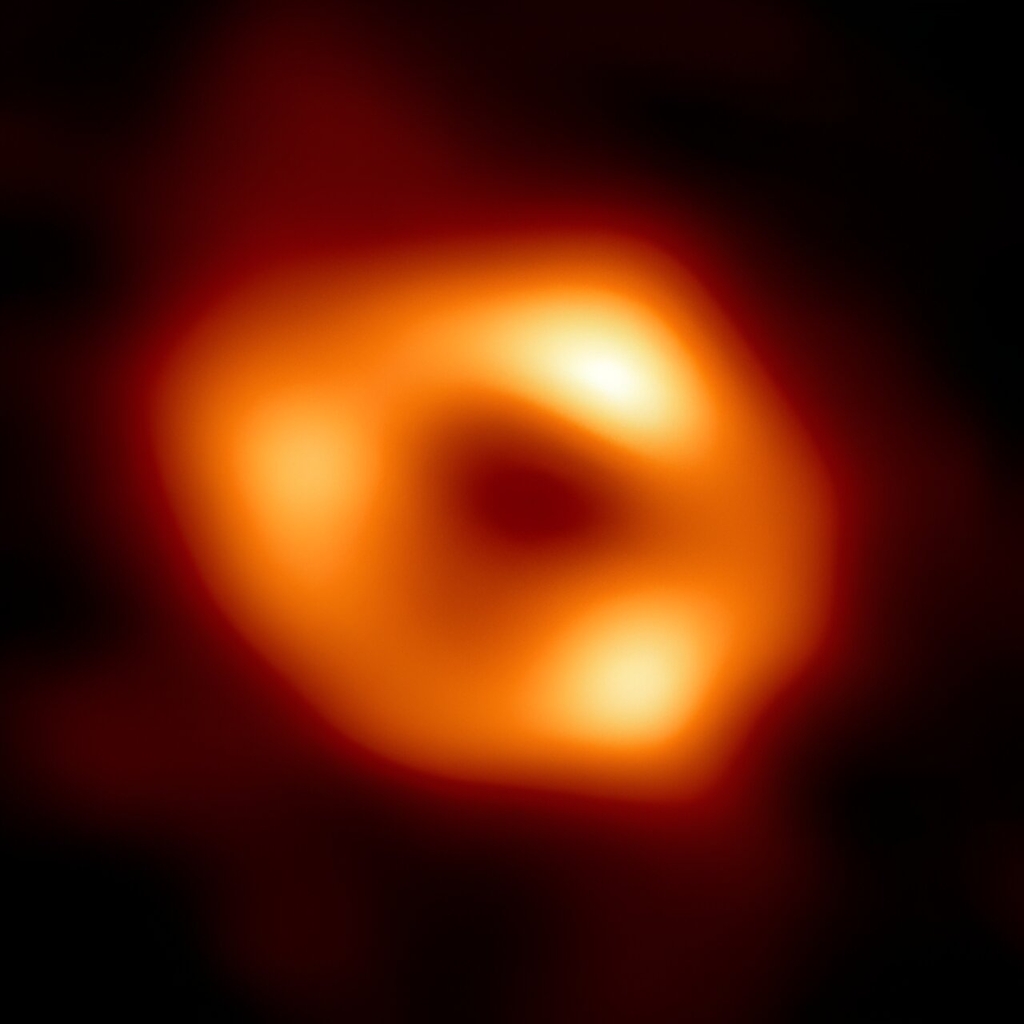Team searches for millisecond pulsars near the Milky Way's supermassive black hole

A recently published study from a group of astrophysicists on the arXiv preprint server has discussed the use of the Event Horizon Telescope to study millisecond pulsars. Although the search has not uncovered any yet, the team have only studied the first round of data, with lots more to analyse.
Millisecond pulsars are rapidly rotating neutron stars. The fast rotation allows the poles to emit pulses of radio waves every second, and if they are well aligned, these pulses can be detected by us. Such pulsars are extremely useful tools since the regular, clear period of the pulses can act as a cosmic clock. Therefore, any changes in the regularity can be measured with extreme precision, tracked by the change in momentum. Astronomers have used these objects to measure orbital decay due to gravitational waves and have been proposed as a method of celestial navigation.
However, considering pulsars are the remnants of massive stars, it is expected that the Milky Way should be populated by billions of these rapidly rotating neutron stars. Despite this, only 2000 have been discovered. There are a number of reasons for this, the first being that some are located at the other end of our star system, and the second is that clouds of dust and gas are covering some.
Astronomers are specifically interested in millisecond pulsars that orbit the supermassive black hole at the centre of our galaxy, called Sagittarius A*. Using radio astronomy to look through the dust and gas, the discovery of millisecond pulsars in this region will provide scientists with a rare opportunity to test Einstein’s theory of relativity.
Despite the theory being repeatedly confirmed experimentally, there are still differing theories about how the behaviour of mass is affected by strong gravity. Predictions of this behaviour near a black hole and predictions of classical relativity have only small differences, however this difference is significant. Additionally, astronomers cannot tell which prediction is correct by observing stars that orbit Sag A*, since earth-based telescopes are still too inaccurate. Therefore, the solution is millisecond pulsars; the extremely precise pulses can be used to measure deviations of the orbit from a classical Newtonian one.

However, these objects still need to be discovered first. The perfect telescope for this is the Event Horizon Telescope. This is a virtual observatory that uses signals from a network of powerful receivers located all over the globe, ultimately imaging the first supermassive black hole, followed by a snapshot of the one in our own galaxy. These images contain a plethora of information about the black hole as well as the objects around it.
The team involved in the study used three detection methods based on fourier analysis, which can highlight patterns in data. It is expected that the regular radio bursts from pulsars would stand out against the random noise. However, no such pulsars have been detected in the images so far. This is not surprising, since the centre of our galaxy is covered in dust and gas clouds, reducing the probability of a millisecond pulsar observation to just 2%. However, this is only the beginning of the search for these powerful cosmic clocks, and it is only a matter of time before one is uncovered.
--
Cover image: NASA’s Goddard Space Flight Center Conceptual Image Lab
Journal source: Pablo Torne et al, A search for pulsars around Sgr A* in the first Event Horizon Telescope dataset, arXiv (2023). DOI: 10.48550/arxiv.2308.15381
